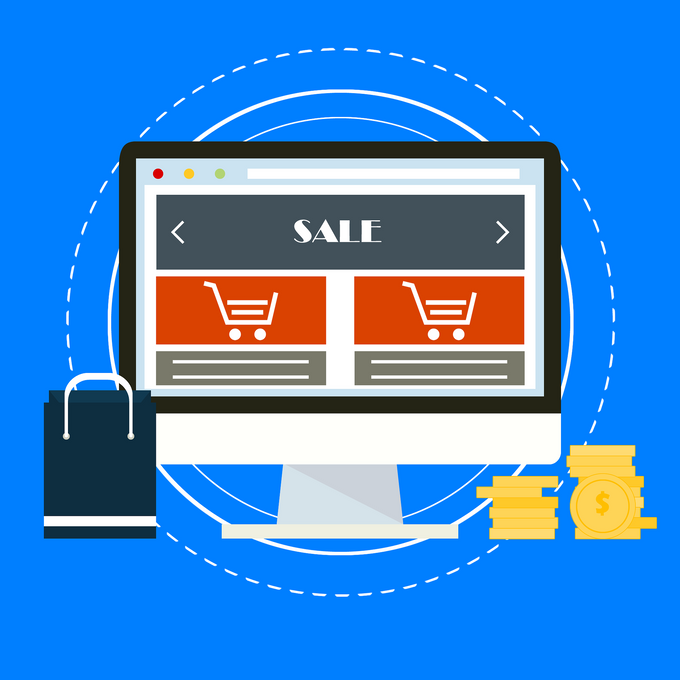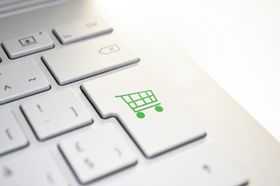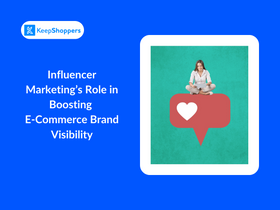How to Test if Products You Want to Sell on Shopify Will Be Successful
Updated February 10, 2023

AI Summary
There are many guides about how to choose a product to sell on Shopify that explain that you should focus on solving customer pain, go with your passion, look for trends, etc. Some sites even provide lists of products that you can sell.
Some merchants spend weeks and even months looking for the right product. But, even after weeks of research, when you've narrowed down your list to the best candidates, how can you predict whether these products are going to generate sales or not? How can e-commerce merchants minimize the investment and risk of launching new products?
In this post, we're going to share a proven method for testing new products on Shopify, to predict how much they can generate in sales and determine the value of a product quickly and without breaking the bank.
How to Pre-Test a Product on Shopify Before Going All In?
In general, there are two very important parts to launching a new product on Shopify, or on any other e-commerce platform for that matter. First, you have to find a promising product, then you have to test how well you can sell it.
There’s quite a lot of content about how to find the right product, but the main principle in selling products and in business, in general, is that you have to have a competitive edge. Anything you can use for your advantage, like special marketing techniques, access to unique products, cheap access to products, or access to a specific audience, for example, can serve as a competitive edge.
You’ll probably spend some time researching and end up with a list of potential products to choose from. Narrow down your list until you stay with just a handful of options that seem to be the best according to your criteria.
The next part, before choosing a product and going all in, is to test how well it can sell. Or how well you can sell it…
It is imperative to start as small as possible and at the same time test as much as possible. So, buy about 2-5 items of the products that you’ve chosen, upload them to your Shopify store and start promoting them. You don't need a fancy Shopify store design yet. At this point, a simple product page will do.
The first product launch is probably one of the most important steps for a Shopify store owner or advertiser, which in most cases is the same person :)). It can be very challenging, but if you overcome the difficulties you’ll learn more than you can imagine and also have a successful business. These are the main issues and steps you’ll need to figure out:
1. Target audience
Find out who your potential customers are (i.e. who wants the product).
2. Unique value proposition
Write down a list of all the reasons that you believe will drive your target audience to purchase your product. Is your product unique? Is the price lower than the competition? Is it hard to get? Are you providing better service than the competition?
3. Marketing message
Write a few marketing messages that convey your value proposition in a short and concise manner. Make sure it doesn't feel too salesy. The message should come across very similar to the way friends tell each other about a new product or a service they're excited about.
4. Get more data
You may have a hard time coming up with a good value proposition at the start due to a lack of data. If you can, consider selling the product face-to-face for a short while in order to get close to your customers, see how they react to your offering and your product. This will help understand the customers, price positioning, evaluate your business assumptions, and gather the data required. Remember that offline sales are often different than online, so look at this step as an experiment and use the results accordingly.
5. Targeting and marketing channel
Find out where your potential customers hang out on the internet. I.e. groups, forums, Instagram, Twitter, etc., and find ways to reach them. You’re very likely to use Facebook advertising as most sellers do. Nevertheless, if you can find alternative marketing channels this could be a great advantage.
6. Price
The price positioning is another aspect that has to be tested. In the beginning, you can set your price according to similar or competing products. It might be a bit too early for making a lot of changes and experiments if you’re just selling a few items at this point.
7. Landing page
Prepare a landing page or a product page to which you'll send potential customers. The page should include product images, a good description, social proof, product reviews if possible (there are apps like Loox, that import reviews from Alibaba). This step requires some time and money as you may need a photographer, designer, and Shopify expert conversion rate expert to create an appealing page.
8. Marketing and traffic
Now, all the basic ingredients should be in place and you can start sending traffic to your store.
9. Shipping
If you already have a working shipping operation in place then use it, but if you're just starting and this is your first product, just ship the first orders by yourself. The whole purpose of this process is to test whether you can sell the product or not. If sales pick up you'll set up a shipping operation, and if they don't you'll move on to the next product.
10. Inventory and fulfillment
Just like shipping, you'll deal with inventory and fulfillment once you determine that the product is a success and you want to scale sales.
Important Things to Take Into Account When Launching a New Product on Shopify
1. Learning is not failing
The process of launching a new product is a test and your primary goal is to learn. Of course, you want to sell your product, but don't be discouraged if you get no sales in the beginning. Focus on learning and improving and sales will follow. So remember, at the end of each day, if you’ve learned, you succeeded even if the product didn’t sell.
2. Keep your business afloat
Don't burn your entire budget during the testing period. Allocate a minimum budget, that allows you to gather enough data in order to learn which marketing activities work and which don't.
3. Focus on short-term results
It takes time to nail your audience targeting, value proposition, marketing message, etc., therefore you should focus on marketing techniques that deliver results quickly, like Facebook or Google ads for example, instead of long-term techniques, such as content marketing. Short-term marketing results will speed up your learning process and will allow you to iterate and improve quickly. The faster and cheaper your tests are the faster you learn and improve.
4. Analyze your results
Keep track of your marketing results to decide which ads to keep running, which ones to edit, and which ones to kill.
5. Keep iterating
Whether you start getting sales or not, there's always room for improvement. You can change audience targeting, pricing, marketing message, packaging, etc.
6. Make a decision
Examine your results and decide whether the product has potential or not. Don't get attached, if the product doesn't sell well enough just move on to the next one.
Conclusion
Once you’re able to sell a product this way, you’ll basically have the fundamentals of a go-to-market and a business plan. Then you can start scaling up.





